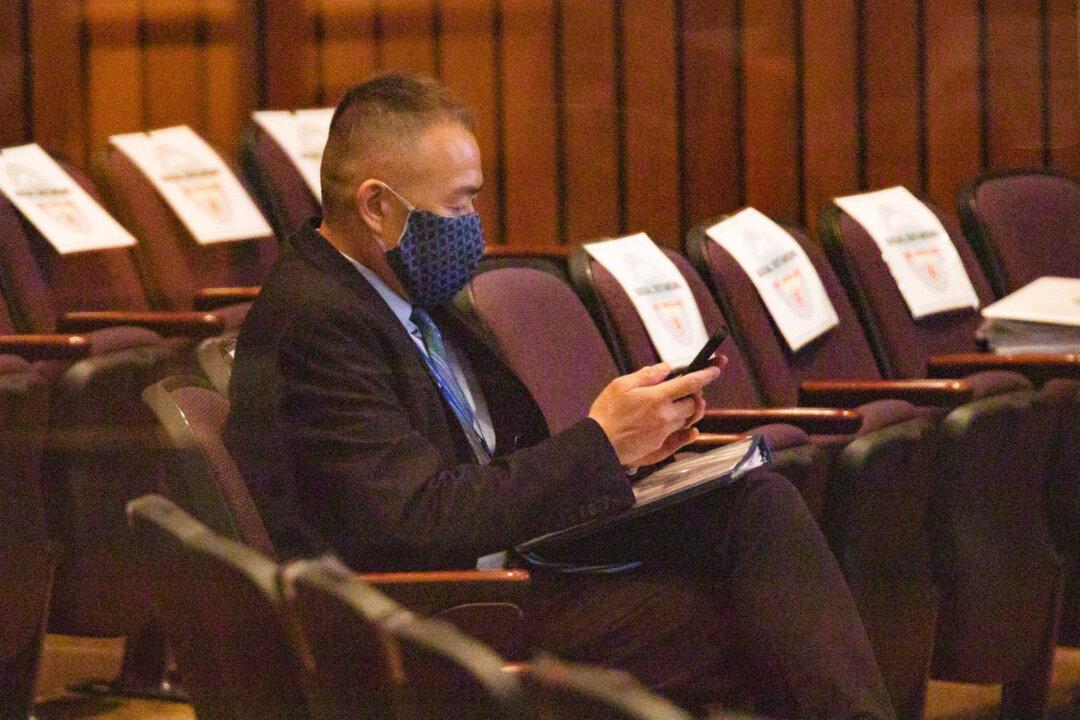Dr. Clayton Chau, the Orange County Health Care Agency (OCHCA) director and county health officer, said a recent uptick in the county’s COVID-19 numbers was “small but significant,” as officials announced the county will not be transitioning from the red to the orange tier in California’s monitoring system for at least two more weeks.
County officials had previously hoped to move to the next tier this week, but a jump in the case rate believed to be caused by the effects of Labor Day weekend will keep the county in the same tier beyond the required three weeks.





